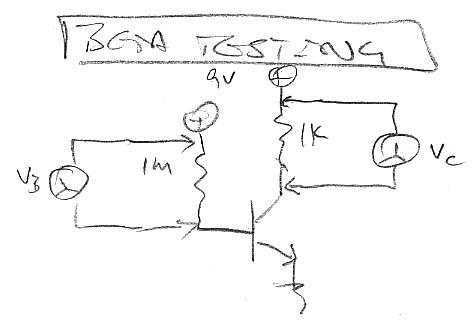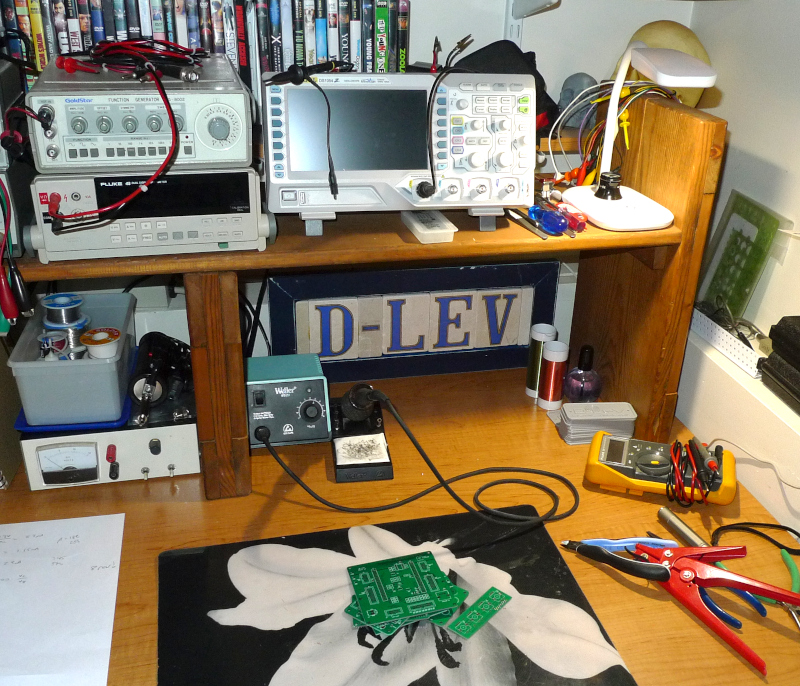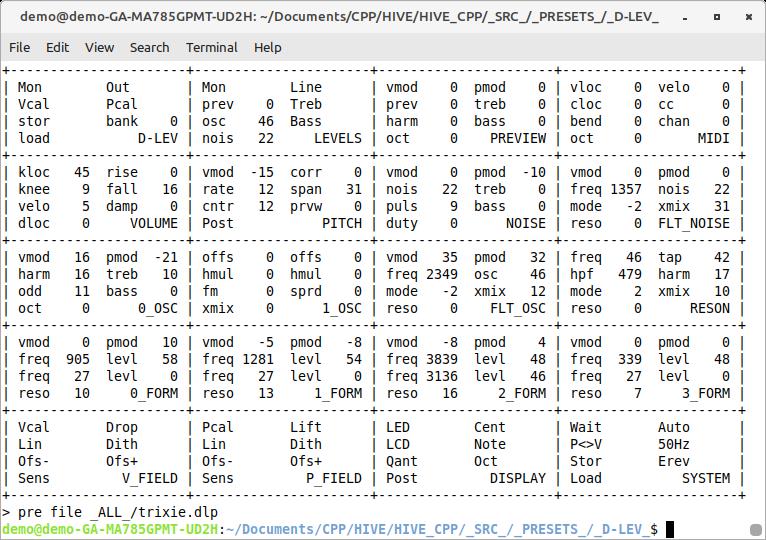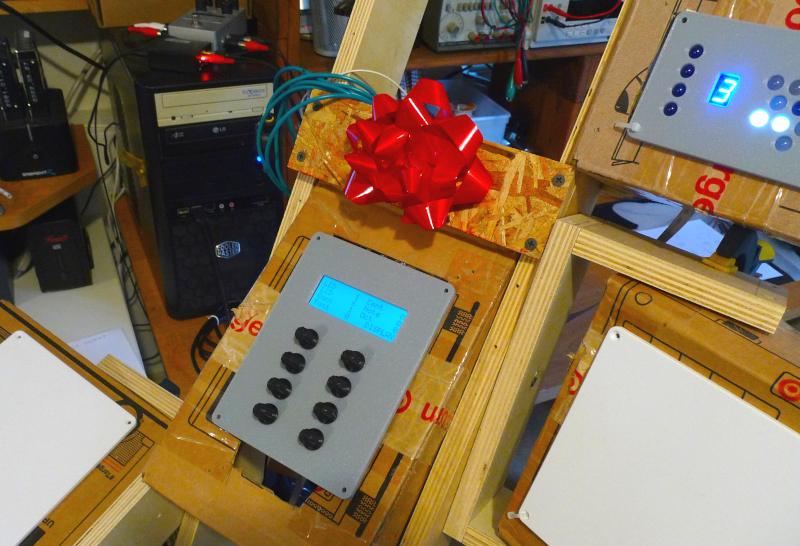(Literal) Beta Testing
The mouser cancellation fiasco (cancel culture! - I keed) forced me to purchase 100pcs of generic 104 caps and 100pcs of generic 2N3904 from Amazon. Some of the Amazon reviews said that most of the ones they got were "bad" - disturbing because you never want to be in the position of having to laboriously check and bin these types of parts yourself. I'd much rather get pedigreed parts from a reputable distributor and not have to think about it.
Anyway, I received the generic 2N3904 parts and decided to spot check them for beta (current gain). Found this circuit on the web:

The base current is more or less constant across devices, so all we have to do is measure the base resistor voltage once, then measure the various collector resistor voltages, divide the two (Vc/Vb) and multiply by 1000 to get a rough reading of beta.
Testing 10 of the 100 generics I read very healthy betas between 350 and 380.
So I decided to test some genuine MCC 2N3904 I got from mouser a while back and have been using in the D-Lev kits. Testing 10 of those I read betas in the 180 to 260 range. Hmm.
I don't know, but I strongly suspect that the bad reviews on amazon are due to the non-standard pinout of the 2N3904 / 2N3906, where E & C are swapped. This caught me off guard with the first wave of kits where I used "super" transistors which had the more dominant pinout, I had no clue the 2N3904 I'd been using for decades was the odd man out. And I'm and MSEE and everything and I was totally unaware that swapping E & C would actually give a functioning circuit, albeit with very reduced beta. E.g. swapping the generic 2N3904 E & C pins in the above test circuit yields a beta of 8 - enough to maybe sorta work in many circuits, but poorly.
Over time I've come to very much appreciate the 2N3904 / 2N3906 pair, they handle the small to medium signal range really well, and make good switchers too.




